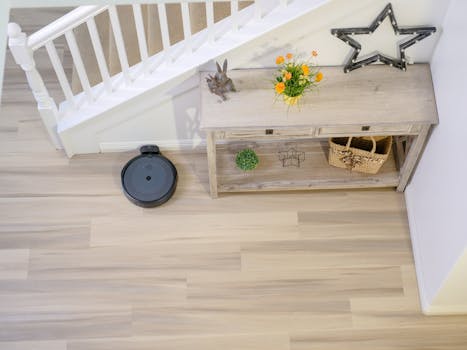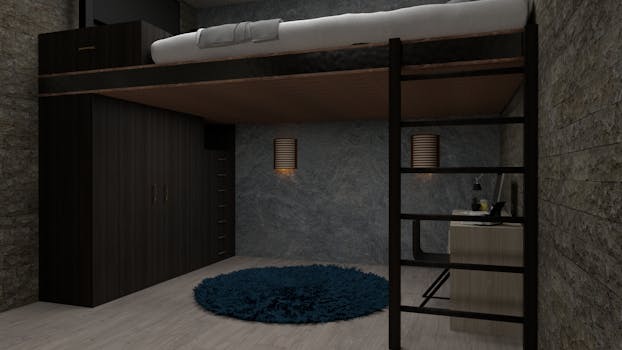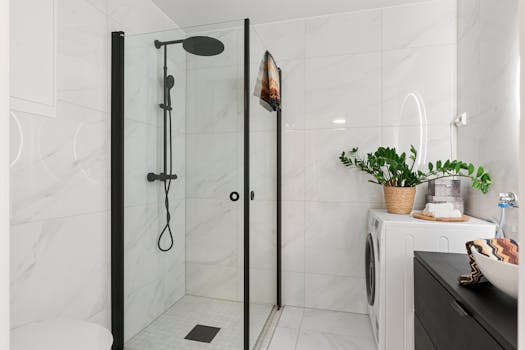
Maximizing Small Spaces: Clever Furniture Arrangements for Efficient Living
Takeaways: In this article, you’ll learn how to maximize small spaces through strategic furniture arrangements. Discover multifunctional furniture options, layout tips, and clever storage solutions that enhance both functionality and style in your home.
Living in a small space can present unique challenges, but with the right furniture arrangements and design strategies, you can create a functional and aesthetically pleasing environment. From compact apartments to cozy studios, maximizing every square foot is essential for comfortable living. Let’s explore some clever furniture arrangements that will transform your small space.
Understanding the Importance of Space Optimization

Space optimization involves arranging your furniture and decor in a way that enhances both functionality and flow. Here are some reasons why this is crucial:
- Improved Functionality: A well-planned layout allows for better movement and accessibility, making your space more enjoyable to live in.
- Enhanced Aesthetics: Thoughtful arrangements can create visual harmony, making your small space feel more cohesive and stylish.
- Increased Storage Solutions: Clever furniture arrangements often incorporate storage, helping you keep your space organized and clutter-free.
Clever Furniture Arrangements for Small Spaces
Now that we understand the importance of optimizing spaces, let’s dive into some clever furniture arrangements that can make a significant difference in small homes.
1. Embrace Multifunctional Furniture
One of the best strategies for maximizing small spaces is to invest in multifunctional furniture. These pieces serve more than one purpose, helping you save space without compromising on style. Here are a few examples:
- Sofa Beds: A sofa bed is perfect for small living rooms, allowing you to host guests without needing a separate guest room.
- Storage Ottomans: Use ottomans that open up for storage to keep blankets, books, or games tucked away neatly.
- Drop-leaf Tables: Ideal for dining areas or kitchens, these tables can be expanded when needed and collapsed to save space when not in use.
2. Create Zones with Area Rugs
In small spaces, creating distinct zones can help separate different areas of functionality. One effective way to achieve this is by using area rugs. Here’s how to do it:
- Define Spaces: Place a rug underneath your dining area or living space to visually define these zones, making them feel more intentional.
- Choose the Right Size: Ensure your rugs are appropriately sized. A rug that is too small can make a space feel disjointed.
- Layering Rugs: For added texture and interest, consider layering rugs. This can create a cozy atmosphere while defining areas.
3. Use Vertical Space Wisely
When floor space is limited, utilizing vertical space becomes crucial. Here are some strategies:
- Shelves and Wall-Mounted Storage: Install floating shelves or wall-mounted units to keep items off the floor and draw the eye upwards.
- Tall Furniture: Opt for tall bookshelves or cabinets that take advantage of vertical height, providing ample storage without occupying too much floor space.
- Hanging Organizers: Use hooks or hanging organizers in entryways and kitchens to keep items accessible without taking up surface space.
4. Mind Your Traffic Flow
In small spaces, traffic flow is crucial for comfort. Furniture arrangements should allow for easy movement between areas. Here are tips to ensure good flow:
- Leave Space for Walkways: Ensure there is enough space between furniture for comfortable passage. A good rule of thumb is to leave at least 24 inches of clearance.
- Arrange Furniture in a Conversational Layout: Position seating to face each other to create a cozy atmosphere while facilitating conversation.
- Use Angled Arrangements: Sometimes, angling furniture can create a unique flow and make a room feel larger.
Conclusion








